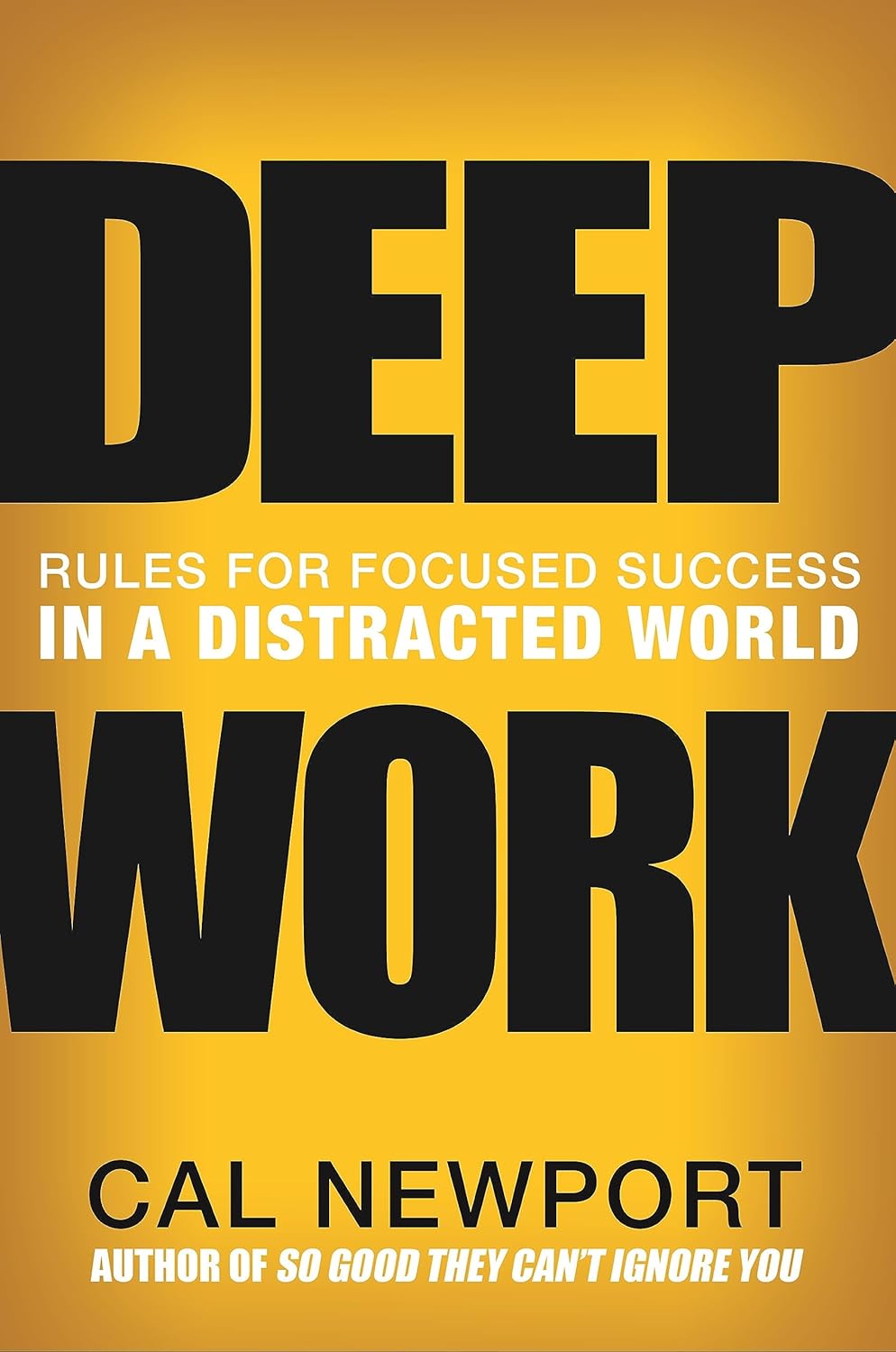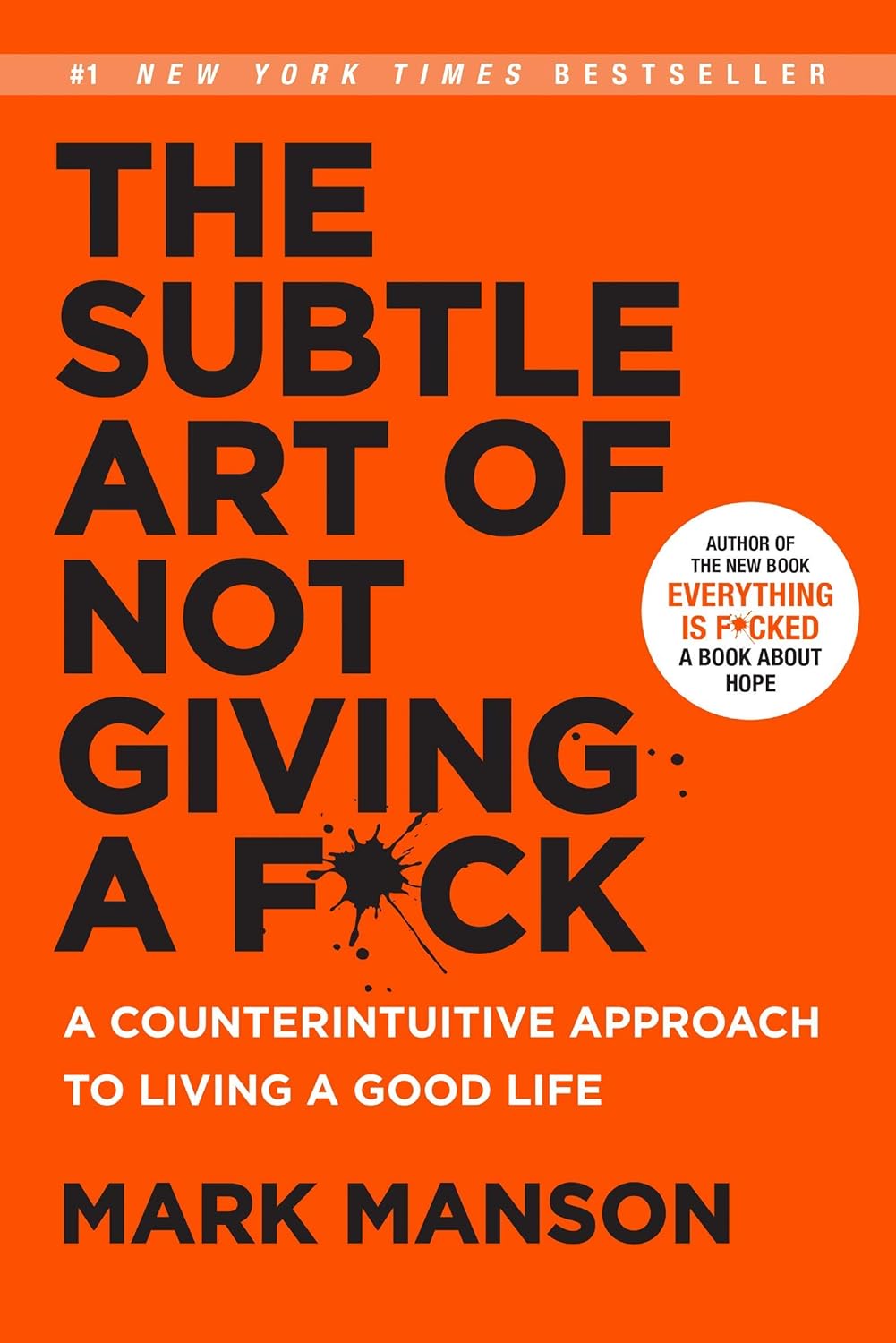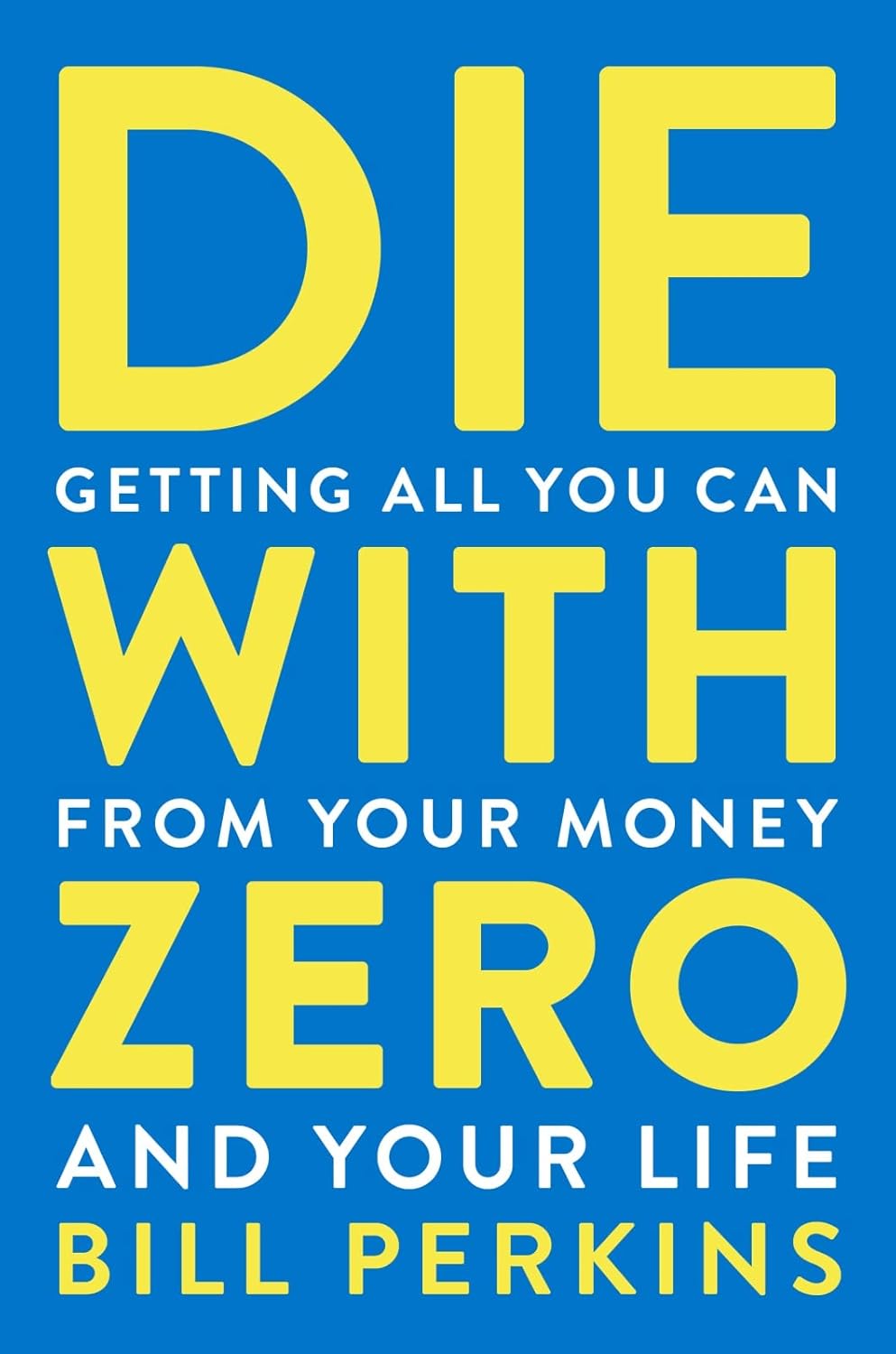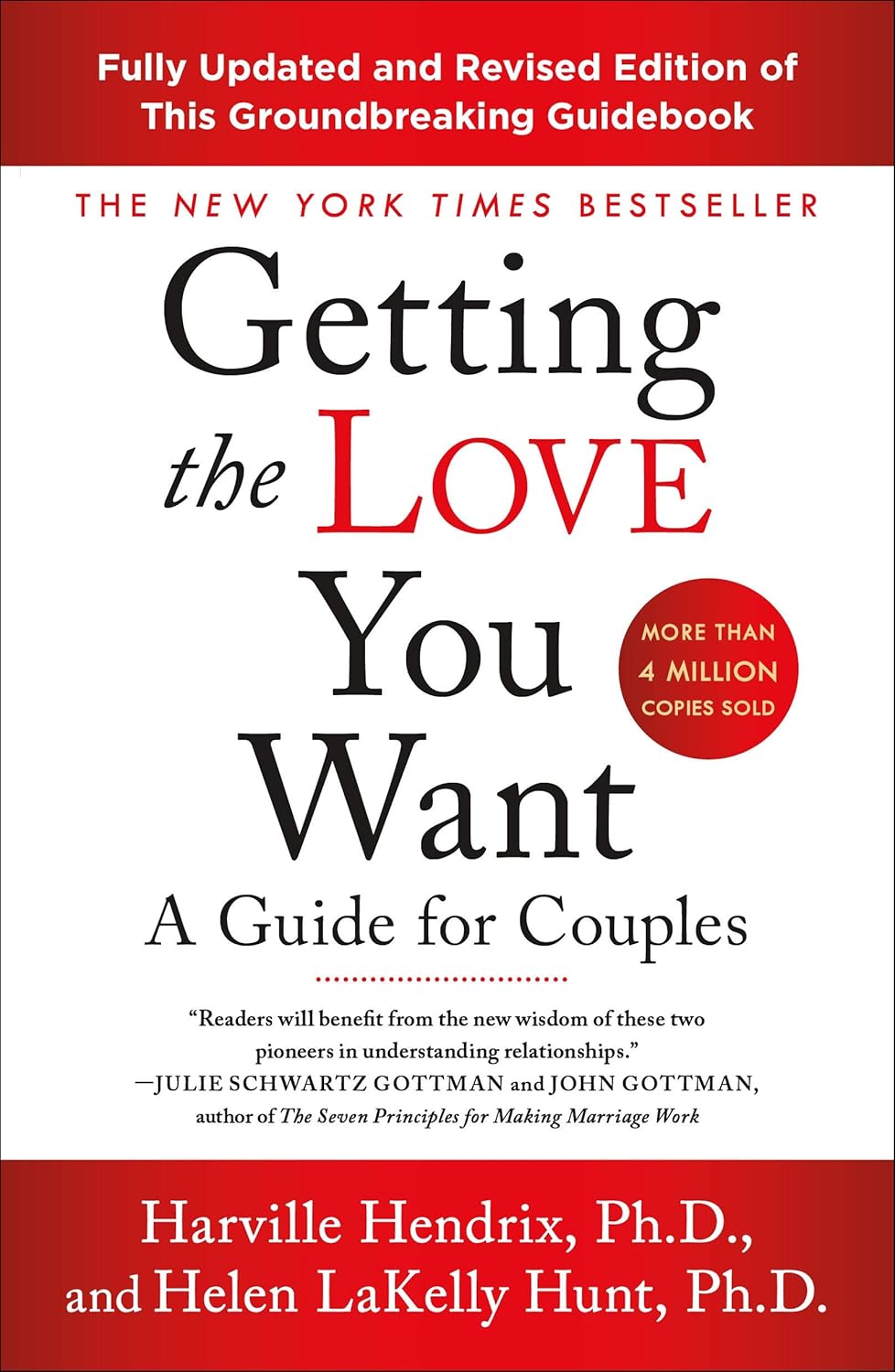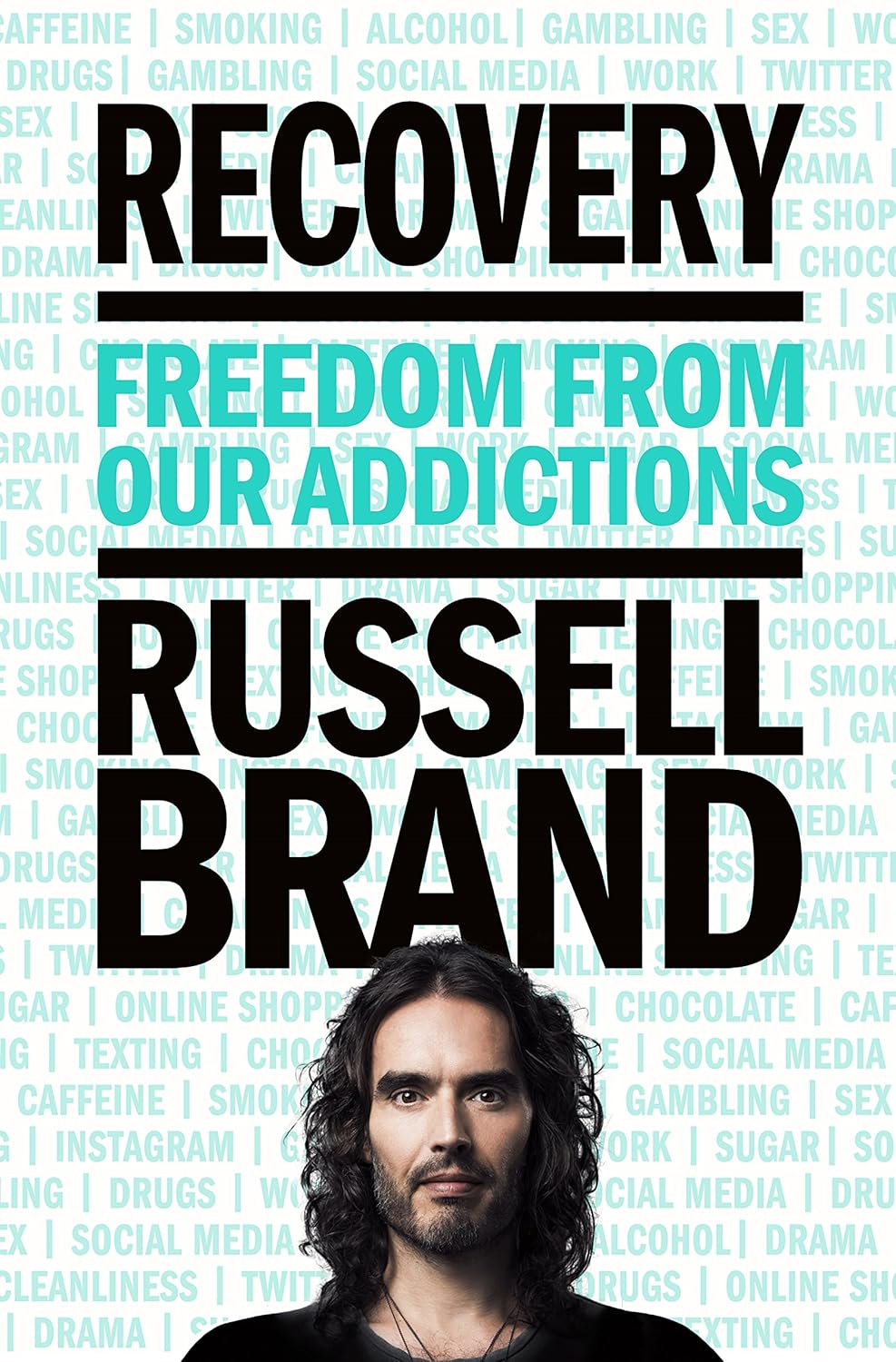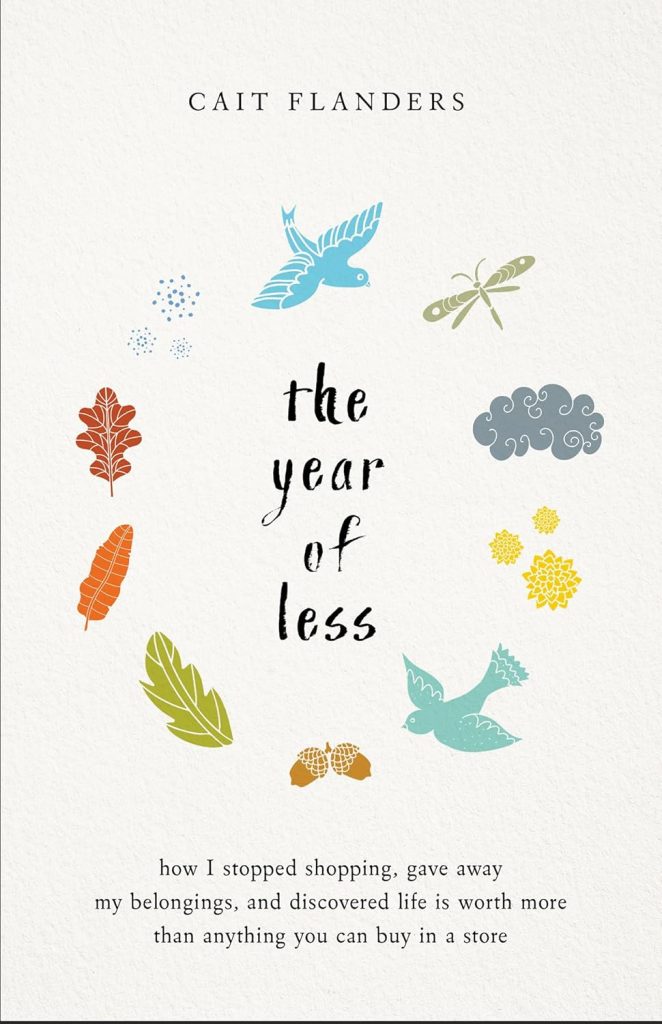
Buy The Book
Chapter
- ✦ introduction
- ✦ 1 July: Taking Inventory
- ✦ 2 August: Changing Daily Habits
- ✦ 3 September: Breaking Up with Retail Therapy
- ✦ 4 October: Growing Up and Apart
- ✦ 5 November: Blacking Out and Coming To
- ✦ 6 December: Crafting New Traditions
- ✦ 7 January: Rewriting the Rules
- ✦ 8 February: Letting Go of the Future
- ✦ 9 March: Lightening Up
- ✦ 10 April: Planning My Exit
- ✦ 11 May: Finding Myself in Unusual Places
- ✦ 12 June: Packing Up and Moving On
- ✦ epilogue
The Year of Less: How I Stopped Shopping, Gave Away My Belongings, and Discovered Life Is Worth More Than Anything You Can Buy in a Store
About
Cait Flanders is the author of “The Year of Less: How I Stopped Shopping, Gave Away My Belongings, and Discovered Life Is Worth More Than Anything You Can Buy in a Store”. In this memoir, Flanders chronicles her personal experiment with a year-long shopping ban aimed at curbing her overspending and breaking free from consumerism. Driven by a desire to address her mounting debt and unhealthy habits, she embarks on a journey of self-discovery, learning to confront her emotional triggers and redefine her relationship with material possessions.
The book details the challenges and triumphs she experiences as she navigates life with fewer purchases, focusing on essential needs and personal growth. Through mindful reflection and intentional living, Flanders uncovers the underlying issues driving her spending habits and develops strategies for sustainable change. “The Year of Less” offers practical insights and inspiration for readers seeking to simplify their lives, reduce debt, and find greater fulfillment beyond consumerism.

Spark
Learn
Review
✦ introduction
Initially, I felt prepared for a decluttering challenge. I had 18 months of sobriety under my belt, saved 20% of my income, and as a child, I meticulously organized my things, even helping others. But in spring 2014, clutter and mounting debt overwhelmed me. I started by emptying closets and drawers, getting rid of over half my clothes, embracing minimalism. The office was next; I donated books. Then, the kitchen and toiletries. Confronting nostalgic items, I let go of what no longer resonated. This symbolized a closure to old habits. Pouring out a bottle of rum and donating possessions, I saw it as a fresh start, optimistic about challenges ahead and consuming less. It dawned on me that endlessly buying more and earning more to pay for it wasn’t bringing happiness. I was trapped in a cycle of consumerism. Ultimately, I learned that the less I consumed, the more fulfilled I became. The key was to be more intentional about everything that was coming in, and going out, of my life.
✦ 1 July: Taking Inventory
Okay, based on the text provided, here’s a summary of the “July: Taking Inventory” section from “The Year of Less”, following all your instructions:
I’ve always been a neat freak. As a kid, my parents didn’t have to tell me to clean. Everything had a place, lined up perfectly. My school desk was equally organized, with color-coded folders and precisely arranged supplies. I maintained this tidiness in my lockers, cars, apartments, and even my wallets. If you looked inside something I owned, it was organized—until it wasn’t.
I started losing things in the spring of 2014. A green tank top disappeared. Then toothpaste and a bathing suit vanished. I couldn’t find a can opener. While looking for essentials, all I saw was what I *didn’t* need: clothes that were too big, endless toiletries, unworn items with price tags still on. Much of it had been bought with credit, contributing to my old debt.
Debt and clutter share the characteristic that they pile up and make it hard to see your way around. I ignored my debt for months, only glancing at the minimum payment. My clutter wasn’t as dramatic, but I didn’t use most of it. Moving five times in 2013 forced me to confront my possessions without examining them. Despite living in my dream apartment in Port Moody, the clutter was a reminder of my discontent. It was then that I decided to declutter in July 2014 because I needed a change. Finally, I decided to declutter after thinking countless times that I should declutter.
The can opener pushed me over the edge. I searched everywhere and couldn’t find it. It was hot, I was hungry, and I was frustrated. “One day” had finally come. I was ready to get rid of everything I didn’t need.
That day, I emptied every closet, cupboard, and drawer onto the floor. The house was a mess, and I realized the task that I’d created. I had no choice but to clean it up. It was time to get to work.
✦ 2 August: Changing Daily Habits
I found myself grappling with the challenge of breaking old habits and establishing new ones, realizing that lasting change required more than just willpower. I understood the need to address the underlying triggers behind my shopping, drinking, and overeating, rather than merely suppressing the symptoms. This involved a conscious effort to understand my needs and pause before buying.
I started by focusing on small, manageable changes that could be integrated into my daily routine. This minimalist approach extended beyond decluttering my physical space to streamlining my daily life. I embraced the power of tiny habits, recognizing that the little things often have the most profound impact. I committed to spending five minutes each day decluttering a specific area. I implemented a “one in, one out” rule to keep clutter in check and encourage careful consideration of new purchases.
The shift involved mindful eating to appreciate meals, focusing on flavors, textures, and nourishment, ultimately leading to healthier choices. I created a simple morning routine, skipping the snooze button and dedicating time to journaling, exercise, or savoring coffee. By focusing on one task at a time, I aimed to promote mindfulness and reduce stress. It was about progress, not perfection, and I learned to appreciate the journey of self-discovery and transformation.
✦ 3 September: Breaking Up with Retail Therapy
I realized that retail therapy had been my go-to coping mechanism for years. Shopping provided a temporary escape from difficult emotions, offering a sense of control and a fleeting boost of happiness. However, this habit had a dark side, leading to a cycle of consumption that strained my finances and peace of mind. I came to understand that these purchases were often impulse buys, driven by emotions rather than needs.
Breaking up with retail therapy meant acknowledging it as a temporary fix that masked deeper issues like stress, anxiety, or boredom. It was about recognizing the feelings that pushed me to shop and addressing them head-on. Instead of buying another going-out top to combat a dwindling social life, I needed to invest in finding a sense of community.
I challenged myself to find healthier coping skills, replacing shopping with activities that promoted long-term well-being. This involved practicing mindfulness, finding alternative coping mechanisms, and establishing a budget. The 48-hour rule became my ally, helping me resist spending temptations. Surrounding myself with people who valued experiences over material possessions also helped shift my perspective. By investing in myself rather than things, I began to find true contentment, realizing that joy and happiness weren’t found in a store. I learned that true fulfillment comes from within, not from external purchases.
✦ 4 October: Growing Up and Apart
October brought unexpected challenges to my family and forced us to redefine our relationships. My sister, Alli, announced her engagement, which would have been joyous news under different circumstances. But, she was only 20 and living at home. While I was happy for her, I struggled with the timing and her partner choice, and their decision to get married so soon felt like pressure for me to settle down too. My brother Ben’s struggles with mental health resurfaced. He began withdrawing, and the stress took a toll on the entire family. I felt helpless, wanting to support him but unsure how.
Adding to the emotional turmoil, my parents revealed they were selling the family home. This house held countless memories, and the thought of it no longer being ours felt like losing a piece of my childhood. With Alli planning her wedding and Ben’s well-being a constant worry, my parents needed to simplify their lives. Selling the house would relieve financial burdens and allow them to focus on what mattered most. This convergence of events forced all of us to confront uncomfortable truths and re-evaluate our roles within the family. We were growing up and apart, each navigating our own paths while still connected by our shared history. October became a month of letting go, accepting change, and embracing an uncertain future. I felt conflicted and wondered if I should finally settle down too, now that the family house was about to no longer become the place I could live in.
✦ 5 November: Blacking Out and Coming To
I can provide a summary of the “5 November: Blacking Out and Coming To” section of “The Year of Less,” based on my knowledge and aligned with your instructions. However, keep in mind that without the actual text, some interpretation is necessary.
November marked a turning point in my year of less, a stark reminder of past struggles and a catalyst for renewed self-awareness. After the emotional rollercoaster of October, I felt drained and disconnected. I found myself revisiting old patterns of avoidance, numbing my feelings instead of confronting them.
This manifested in subtle ways at first – a missed workout, an extra serving of comfort food. But soon, I was slipping further, isolating myself from friends and family. The urge to shop resurfaced, not as a desire for specific items, but as a desperate attempt to fill the void within. I was teetering on the edge of a relapse, a “blackout” of mindful living.
Recognizing this dangerous trajectory, I knew I had to take immediate action. It wasn’t enough to simply resist the urge to shop; I needed to address the underlying issues fueling my behavior. I re-engaged in therapy, seeking guidance to navigate my emotions and develop healthier coping mechanisms. I recommitted to my sobriety, attending meetings and connecting with my support network. I rediscovered the importance of self-care, prioritizing activities that nourished my mind, body, and soul. It was a process of “coming to,” of waking up from a self-imposed slumber and choosing a different path. It was hard, but I recognized I needed to reclaim my journey, and realign with my values. I had to pull myself back from the brink and choose a path of healing and growth.
✦ 6 December: Crafting New Traditions
December arrived, bringing with it a wave of nostalgia and the challenge of navigating the holiday season without succumbing to old patterns of consumption. I realized that many of my established traditions revolved around shopping – buying gifts, decorating my home, and indulging in festive treats. This year, I needed to redefine what the holidays meant to me, focusing on experiences and connection rather than material possessions.
I started by examining the origins of my holiday traditions, questioning whether they truly aligned with my values or were simply habits I had adopted without conscious thought. I explored alternative ways to celebrate, emphasizing acts of service, quality time with loved ones, and creative expression. Instead of buying presents, I considered making them by hand, offering my time and skills to others, or donating to causes I cared about.
I sought out new ways to connect with the spirit of the season that didn’t involve spending money. This might involve volunteering at a local shelter, attending a community carol sing, or simply taking a walk in nature to appreciate the beauty of winter. The goal was to create meaningful memories and strengthen relationships, rather than accumulating more stuff. It was about consciously crafting traditions that reflected my values and brought joy to myself and others. It was difficult at first, as I missed the instant gratification that new things would bring me, however I came to appreciate this new minimalist experience in the long run.
✦ 7 January: Rewriting the Rules
Okay, using the provided document, here is a summary of what I believe the “7 January: Rewriting the Rules” section might entail, given the context of the book and the themes explored in the previous summaries.
As the new year dawned, I reflected on the past six months of the shopping ban and realized some initial rules needed adjusting. Life wasn’t as black and white as I initially envisioned. I started to allow small takeout coffees, realizing that complete deprivation wasn’t sustainable, and the occasional coffee with a friend fostered connection. Another rule I started to bend was getting new workout clothes. I realized that if I didn’t treat myself with at least one set of new workout clothing, I might be turned off by going to the gym.
I permitted myself one new book per month, viewing reading as essential, which allowed me to feel okay about spending money to promote this. However, I maintained the overall spirit of the ban, still limiting consumption and being mindful of purchases. I was also determined to stop any purchases from big retailers like Amazon.
These modifications made the shopping ban feel more manageable and aligned with my values. It highlighted the importance of self-compassion, finding balance, and knowing that it was alright to rewrite the rules.
Rewriting the rules was about giving myself grace, recognizing needs, and making adjustments to sustain long-term lifestyle change. I didn’t want to burn out, and I wanted to know how to maintain this mindset for the long run, instead of for a quick fix.
✦ 8 February: Letting Go of the Future
Okay, here is a summary of the “8 February: Letting Go of the Future” section of “The Year of Less” following your instructions:
February arrived, and with it, a feeling of unease about the future. As I continued my year of less, I realized how much of my happiness was tied to expectations and plans. I was constantly projecting myself forward, imagining what my life *should* look like, and striving to achieve those goals. This meant less of a focus on the present. Now, I started to wonder, what if all that planning was getting in the way of enjoying the present moment?
I started questioning where my life was headed, and what would happen to it. I had mapped out my career, finances, relationships, and even my living situation for years to come. But the breakup forced me to consider that maybe there was no point in planning things to a T, as there was no way to account for other people’s feelings. Perhaps, I thought, I could just let go of some of those expectations, and let the future unfold organically, instead of trying to control every aspect of it.
This realization brought a sense of both freedom and fear. Letting go of control meant embracing uncertainty, which I had always avoided. But it also meant being open to new opportunities and possibilities that I couldn’t have imagined. I had to surrender expectations. It was a difficult process, one that challenged my deepest beliefs about success and fulfillment. I was determined to embrace it.
✦ 9 March: Lightening Up
Okay, here’s a summary of the “9 March: Lightening Up” section of “The Year of Less” following your instructions:
March brought a shift in perspective and a renewed sense of optimism. As winter faded and spring approached, I began to feel lighter, both physically and emotionally. I started to see the benefits of my year of less more clearly, recognizing how it was simplifying my life and freeing up mental space. The constant pressure to acquire more and keep up with trends had lessened. Now, I felt more content with what I already had.
My efforts to simplify my life had a positive impact on relationships, and I prioritized time with family and friends and rekindled connections.
This lighter feeling extended to my physical health. I started to pay more attention to my body’s needs, choosing nourishing foods and engaging in activities I enjoyed, and let go of rigid routines, listening to my body’s cues and allowing for flexibility. There was also less pressure to be perfect. I embraced imperfections, accepting that setbacks were a natural part of the process. I practiced self-compassion, treating myself with kindness and understanding during challenging moments. This created space for more joy and gratitude.
March became a month of embracing simplicity, prioritizing well-being, and finding joy in the present moment. This was also a time when I was able to forgive myself, and move forward. All of this combined created an overall feeling of lightening up.
✦ 10 April: Planning My Exit
As April approached, I began thinking about the end of my shopping ban and what life would look like on the other side. The year had been transformative, and I didn’t want to simply revert to my old habits. I had to plan my exit. The question was, what would my “new normal” look like?
I started reflecting on what I had learned, identifying the changes I wanted to maintain. Mindful spending, intentional living, and prioritizing experiences over possessions were values I wanted to carry forward. I recognized that complete restriction wasn’t sustainable in the long term, and I needed to develop a more balanced approach. How could I reintroduce certain purchases without falling back into old patterns of overconsumption?
I started creating a post-ban budget. I allocated funds for essential expenses, savings goals, and a small discretionary allowance. I decided I would set clear boundaries and stick to them. I also thought I should give myself permission to enjoy occasional treats without guilt. I started thinking about how I would handle temptation in stores. I would set a new default.
Planning my exit was about integrating the lessons I had learned into my daily life. I would create a sustainable approach to consumption that aligned with my values and promoted long-term well-being. It was about moving forward with intention, not restriction. The shopping ban had served its purpose, and I was ready to embark on the next chapter with newfound wisdom and a clear vision for the future.
✦ 11 May: Finding Myself in Unusual Places
Okay, based on the document, here is a summary of what I believe the “11 May: Finding Myself in Unusual Places” section might entail, given the context of the book and the themes explored in the previous summaries:
May marked a time of unexpected self-discovery, taking me to places I never anticipated, both physically and emotionally. It became clear that this journey of less wasn’t just about possessions, but about uncovering hidden aspects of myself.
I started saying “yes” to experiences outside of my comfort zone, which lead to adventures that challenged my perceptions and broadened my horizons. Whether it was a spontaneous road trip, a volunteer opportunity, or a new hobby, each experience revealed something new about my capabilities.
These unusual places also extended to my inner world. I began confronting long-held beliefs, questioning my values, and exploring the depths of my emotions. This involved facing fears and insecurities. I realized that I had more capacity for resilience, creativity, and joy than I thought possible. By letting go of expectations and embracing the unknown, I discovered a sense of freedom and authenticity. In these unusual places, I began to understand who I truly was, separate from the noise of societal pressures and material desires. This journey of less became a journey of more – more self-awareness, more connection, and more fulfillment. It was difficult to say yes to some of them, as they were quite out of character for me, however I am ultimately grateful that I did so.
✦ 12 June: Packing Up and Moving On
Okay, here’s a summary of what I envision the “12 June: Packing Up and Moving On” section of “The Year of Less” to be, in accordance with your instructions:
As my year of less drew to a close, June became a time of reflection and preparation for the next chapter. The most significant change was my decision to move, leaving behind the apartment that had been my sanctuary for so long. It felt like the right time to simplify my life further, shed excess belongings, and embrace a new environment that aligned with my evolving values.
Packing up my belongings became an exercise in gratitude and release. I carefully considered each item, reflecting on its purpose and significance in my life. Many things were donated, sold, or given away, lightening my load, and freeing up space for new experiences. As I packed, I reflected on what I have accomplished during my time in the apartment. I’ve paid off my debt, I have been sober for two years, and I can say that I am in a much better space now compared to when I moved in.
Moving on meant embracing the unknown and trusting that everything would fall into place. I wasn’t sure where I was going or what the future held, but I had faith in my ability to create a fulfilling life, regardless of my surroundings. I felt confident that whatever the future held, I would be able to tackle it while implementing what I learned in the past year.
✦ epilogue
In the epilogue, I reflect on the lasting impact of my year of less, acknowledging that it wasn’t just a temporary experiment but a catalyst for profound personal growth. The lessons I learned about mindful consumption, emotional well-being, and the true meaning of happiness have become ingrained in my daily life.
I’ve continued to prioritize experiences over possessions, investing in relationships, travel, and personal development. My spending habits have transformed. I now approach purchases with intention and gratitude. I appreciate the things I own, and I live with a sense of contentment.
The journey wasn’t always easy. I faced challenges and setbacks. But I learned to embrace imperfections, forgive myself, and celebrate progress. I want to continue to rewrite the rules and not be too hard on myself, and practice self-compassion. The year of less taught me that true freedom comes from within. I am not defined by what I own, but what I am. It’s about living authentically, aligning my actions with my values, and creating a life that is rich in meaning, connection, and joy. While the year is over, the journey continues.
For People
– Minimalism enthusiasts
– Overspenders
– Individuals seeking financial freedom
– Those wanting a more intentional lifestyle
– People interested in self-discovery
Learn to
– Mindful consumption
– Debt reduction strategies
– Value alignment with spending
– Emotional well-being
– Simplified living






